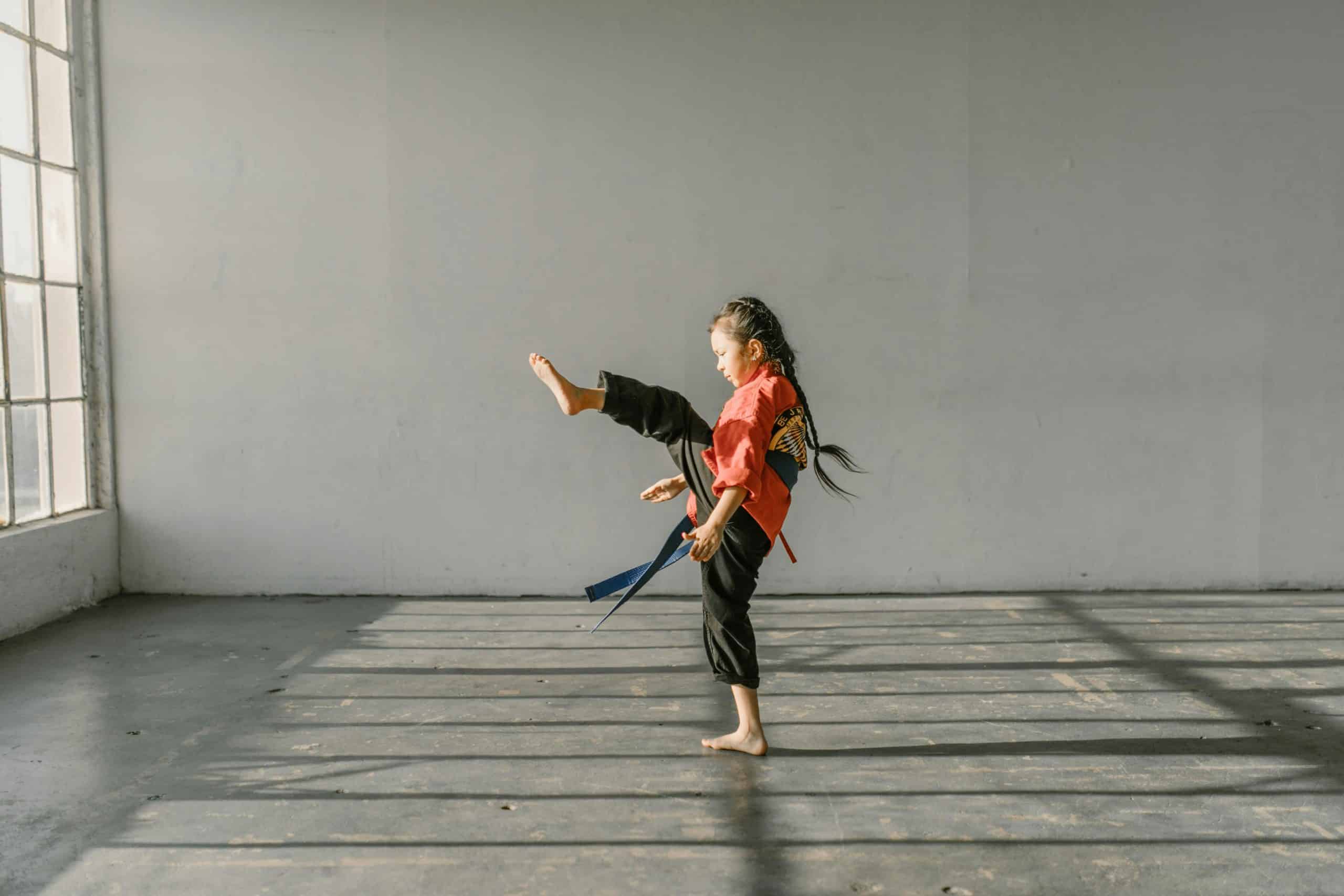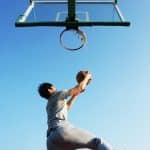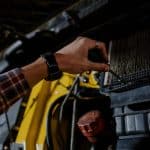Aikido is a unique martial art form that focuses on harmonising with the movement of your opponent rather than opposing it directly. At its core is a strong emphasis on fluidity and efficient movement. For UK-based Aikido athletes looking to finesse their practice, targeted exercises can play a crucial role in enhancing these qualities. This article will delve into how they can incorporate certain exercises into their training regime to bolster their fluidity and motion efficiency.
The Importance of Fluidity and Motion Efficiency in Aikido
Aikido, a Japanese martial art form created by Morihei Ueshiba, is steeped in the philosophy of harmony and balance. It’s different from other martial arts like karate in that it doesn’t focus on brute strength but rather on the efficient use of body movement and the opponent’s momentum to neutralise attacks.
Dans le meme genre : What are the top strategies for UK boxers to analyze and adapt to opponents' fighting styles?
At the heart of Aikido is fluidity and motion efficiency. Fluidity, in this context, refers to the seamless transition between different movements. It’s about creating a dance-like rhythm in your techniques, where one movement flows effortlessly into the next. Motion efficiency, on the other hand, is about maximising output (force) for every unit of input (effort). In Aikido, it’s attained through aligning the body in such a way that the least amount of energy is spent in executing a technique.
Having fluidity and motion efficiency in your Aikido techniques not only makes them aesthetically pleasing but also more effective. It ensures that you’re always in balance and in control, enabling you to adapt to any situation thrown at you during combat.
A lire également : What are the latest advancements in concussion prevention for UK martial artists?
Training the Will and the Body
Training in Aikido, as with any other martial art, requires both physical and mental fortitude. The mind, or in this case, the will, is just as important as the body in executing Aikido techniques efficiently.
Your will is what drives you to keep practising even when things get tough. It helps you stay focused and determined, pushing you to continually improve your techniques. In Aikido, the body follows the will. If your will is strong and directed, so will your movements be.
However, the will alone is not enough. The body also needs to be conditioned to perform the techniques. It involves building strength in the muscles and fascia (connective tissue) that are used in Aikido, improving flexibility and balance, and training the body to move in certain ways.
This combination of training the will and the body is what ultimately leads to fluidity and efficiency in movements. For people who’ve spent years practising Aikido, these qualities become second nature to them.
Daito-ryu Aikido: A Case Study in Fluidity and Efficiency
Daito-ryu Aikido, a form of Aikido that places a heavy emphasis on the principles of fluidity and motion efficiency, can be a great case study for aspiring Aikido athletes.
Founded by Takeda Sokaku, Daito-ryu Aikido is often referred to as the root of Aikido. It’s known for its smooth, flowing movements that are executed with precision and minimal effort. Its techniques are designed to redirect the force of the opponent’s attack, using it to neutralise them.
One key principle in Daito-ryu Aikido is the idea of ‘aiki’. It refers to the blending of one’s movement with that of the opponent, creating a harmonious interaction. This principle is manifested through the fluid and efficient movements of Daito-ryu Aikido.
By studying Daito-ryu Aikido and incorporating its principles into their practice, UK Aikido athletes can significantly enhance their fluidity and motion efficiency.
Targeted Exercises for Enhanced Fluidity and Motion Efficiency
The key to improving fluidity and motion efficiency in Aikido is targeted training. Certain exercises can help in conditioning the body for the unique demands of Aikido.
Firstly, practicing the basic Aikido techniques (kihon waza) repeatedly can help in developing fluidity. As you get more comfortable with the techniques, you can start to combine them, creating a flow of movements. This practice of flowing from one technique to another is known as randori, and it’s a great way of developing fluidity.
Secondly, exercises that strengthen the core and lower body can help in enhancing motion efficiency. They improve your stability and balance, making your movements more controlled and precise. Squats, lunges, and planks are some exercises that can be beneficial.
Lastly, flexibility exercises like yoga and pilates can also be a great addition to your training regime. They improve your range of motion, allowing you to execute the Aikido techniques more fluidly.
By incorporating these targeted exercises into their training, UK Aikido athletes can significantly enhance their fluidity and motion efficiency, taking their Aikido practice to the next level.
Internal Training: The Key to Improved Punching Power
For UK Aikido athletes, understanding the concept of internal training can immensely enhance their fluidity and motion efficiency. Internal training is a concept common in martial arts like Tai Chi, which centers around refining the mind-body connection to increase power and precision in movements.
One important aspect of internal training is focusing on the body’s weight, especially the lower body, during movements. This involves grounding oneself, understanding one’s center of gravity, and utilizing it to add power to movements. Bruce Lee, a renowned martial artist, was an advocate of using body weight to increase power in punches. He suggested that a punch should start from the feet, travel up through the body and explode out through the fist.
To improve punching power through internal training, UK Aikido athletes can perform exercises like squats and lunges that strengthen the lower body. They can also engage in Tai Chi or yoga sessions which encourage mindfulness and improve the mind-body connection.
Another useful technique is the ‘yin yang’ principle, where opposing forces within the body are harnessed to generate power. For example, when throwing a punch, one hand extends forward (yang) while the other retracts (yin). This creates a balance that enhances the force of the punch.
Renowned Japanese martial artist, Ellis Amdur, suggests that internal training can also help in developing fluidity. He emphasizes that by understanding and controlling the body’s internal dynamics, one can move more efficiently and fluidly.
Learning from Hoa Newens: Black Belt and Aikido Master
Hoa Newens, a respected black belt holder and Aikido master, provides valuable insights into how UK Aikido athletes can improve their fluidity and motion efficiency. Newens has dedicated his life to studying Aikido, particularly the Daito-ryu style, and he brings a unique perspective to the martial arts community.
According to Newens, one of the greatest assets an Aikido athlete can possess is a strong will to learn. He believes that the quest for knowledge and improvement is what fuels an athlete’s progress. Regular training sessions, dedication to the martial art, and a continuous desire to improve one’s techniques are all vital components to becoming a better Aikido athlete.
Newens also emphasizes the importance of full contact training in Aikido. By engaging in sparring sessions, athletes can put their skills to the test and identify areas for improvement. It also allows them to adapt to different fighting styles, thereby enhancing their fluidity and motion efficiency.
By learning from masters like Hoa Newens and incorporating their teachings into regular practice, UK Aikido athletes can significantly enhance their fluidity and motion efficiency.
Conclusion
In conclusion, fluidity and motion efficiency play a crucial role in the practice of Aikido. By incorporating the principles of Daito-ryu Aikido, engaging in targeted exercises, understanding the concept of internal training, and learning from masters like Hoa Newens, UK Aikido athletes can significantly enhance these qualities.
While it requires consistent effort and dedication, the results of improved fluidity and motion efficiency manifest not only in an athlete’s performance but also in the harmony and balance they experience within themselves. As they continually strive for improvement, they embody the core philosophy of Aikido – harmonizing with the movements of life.











